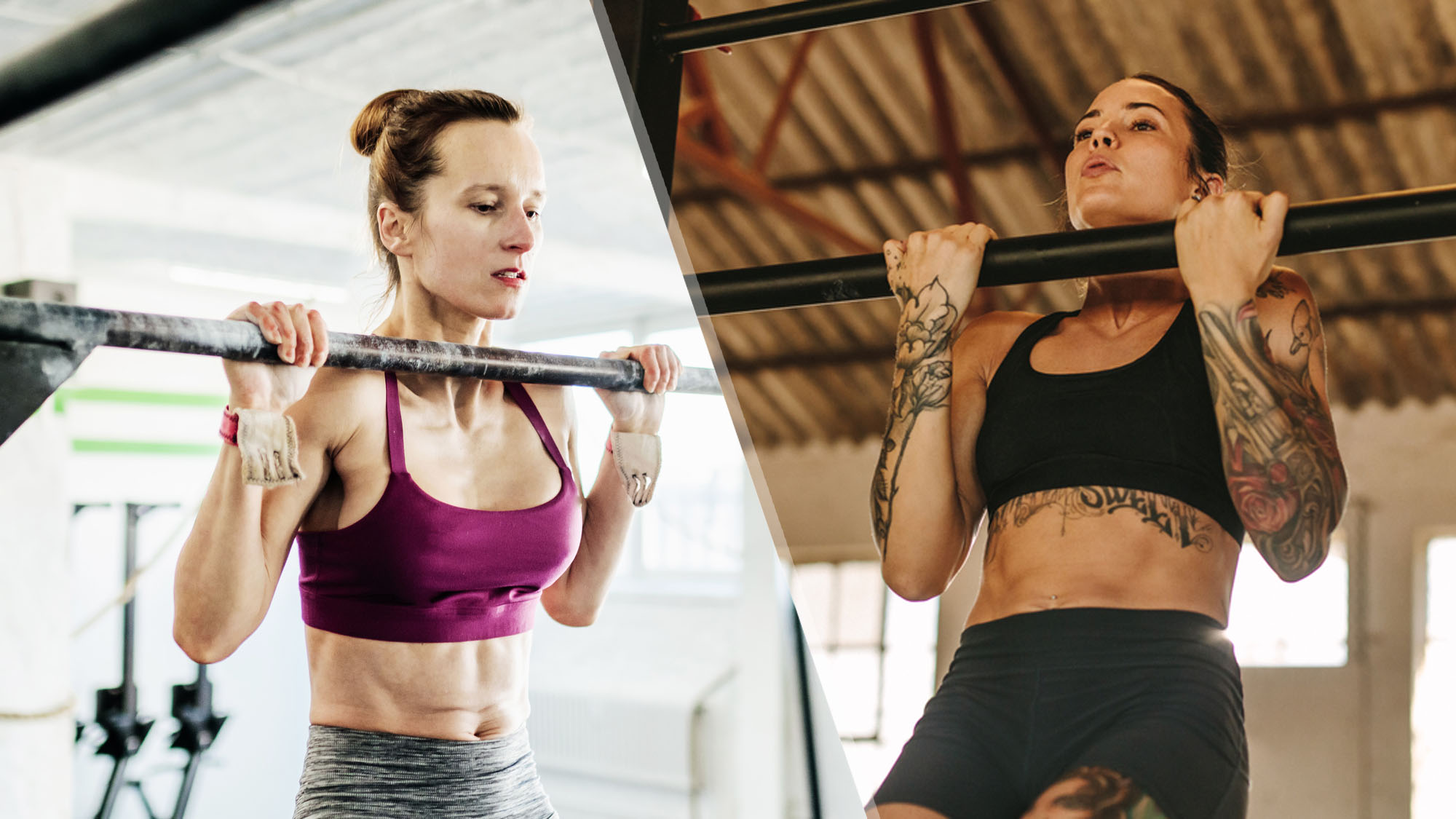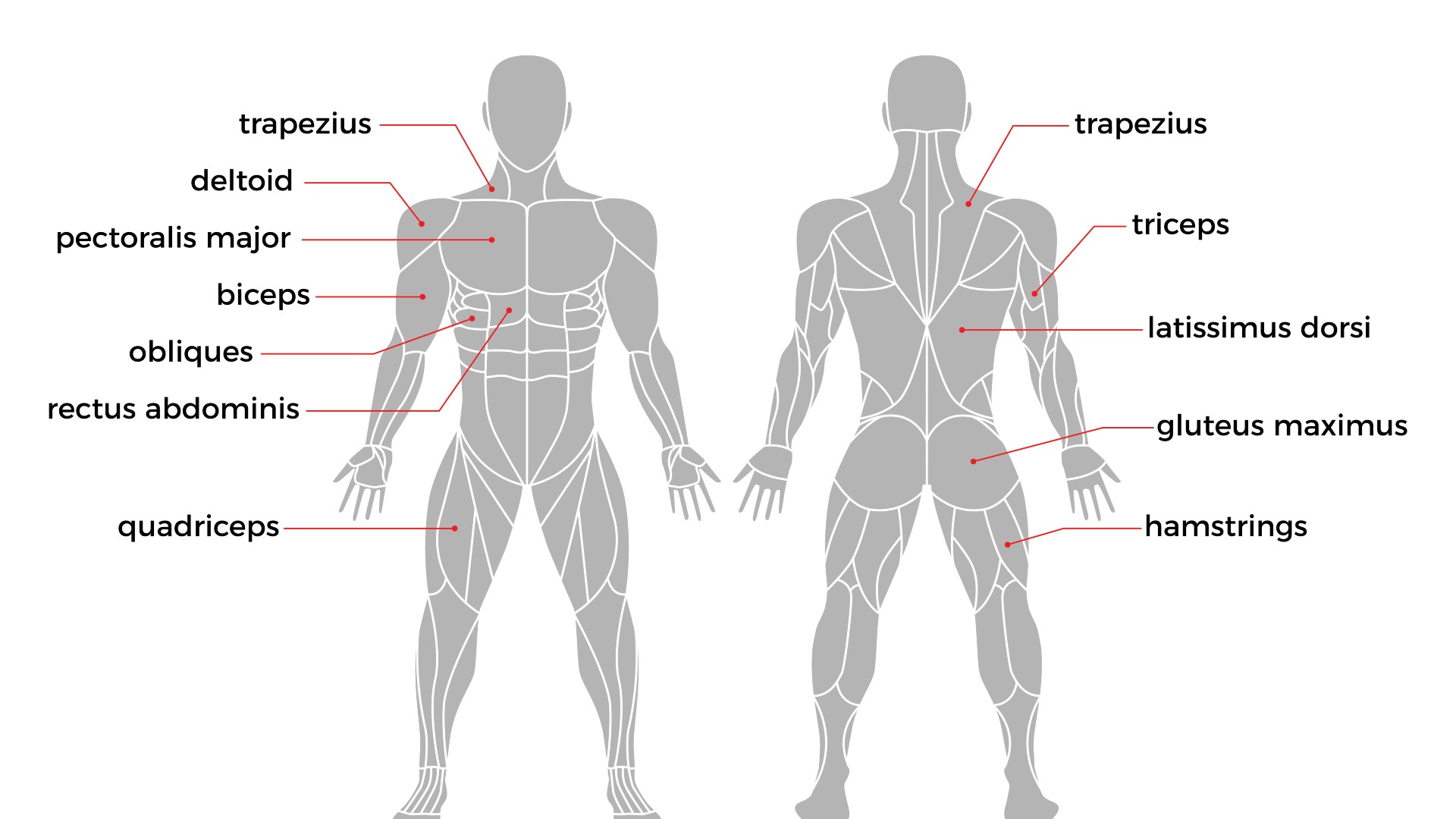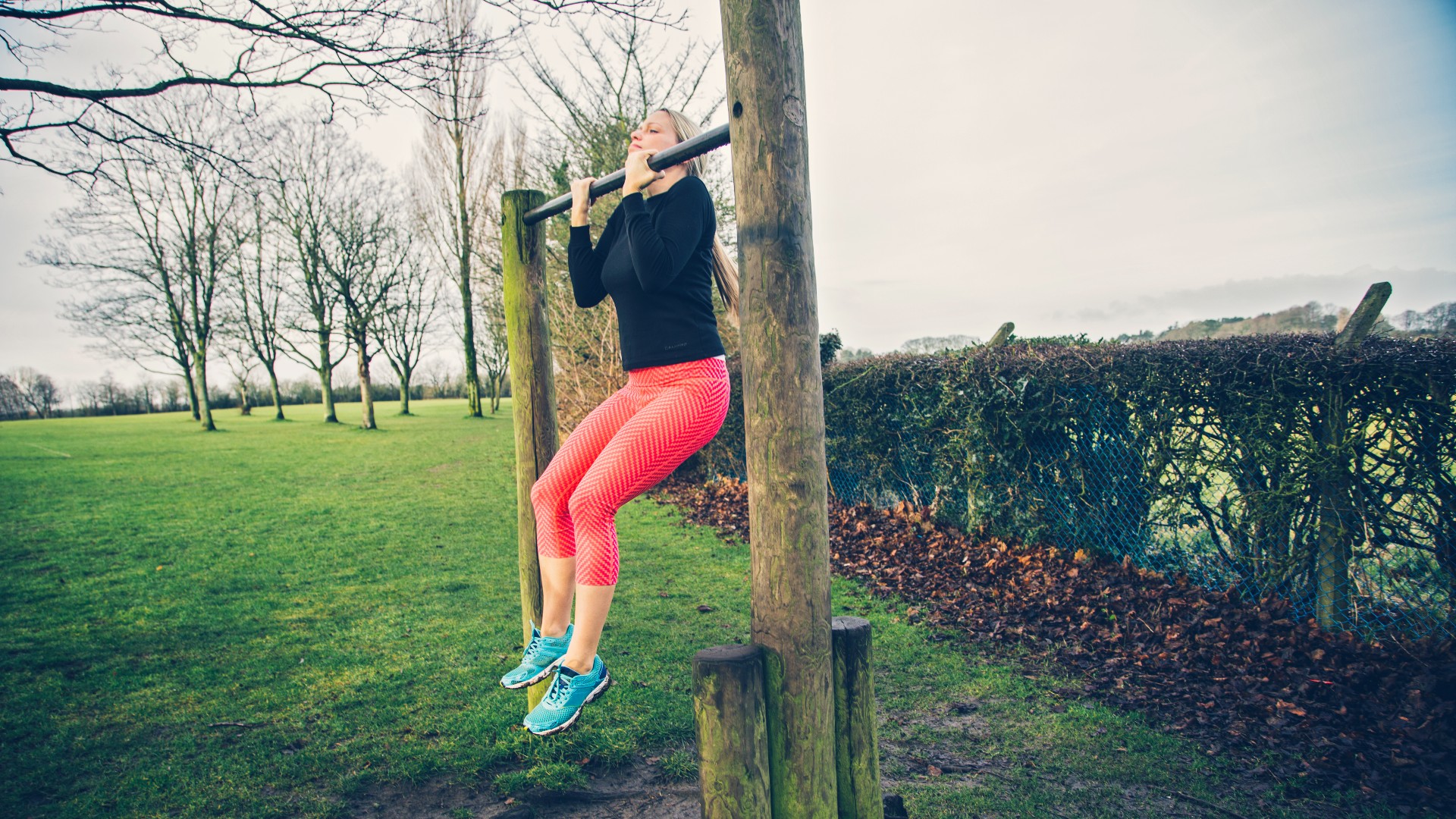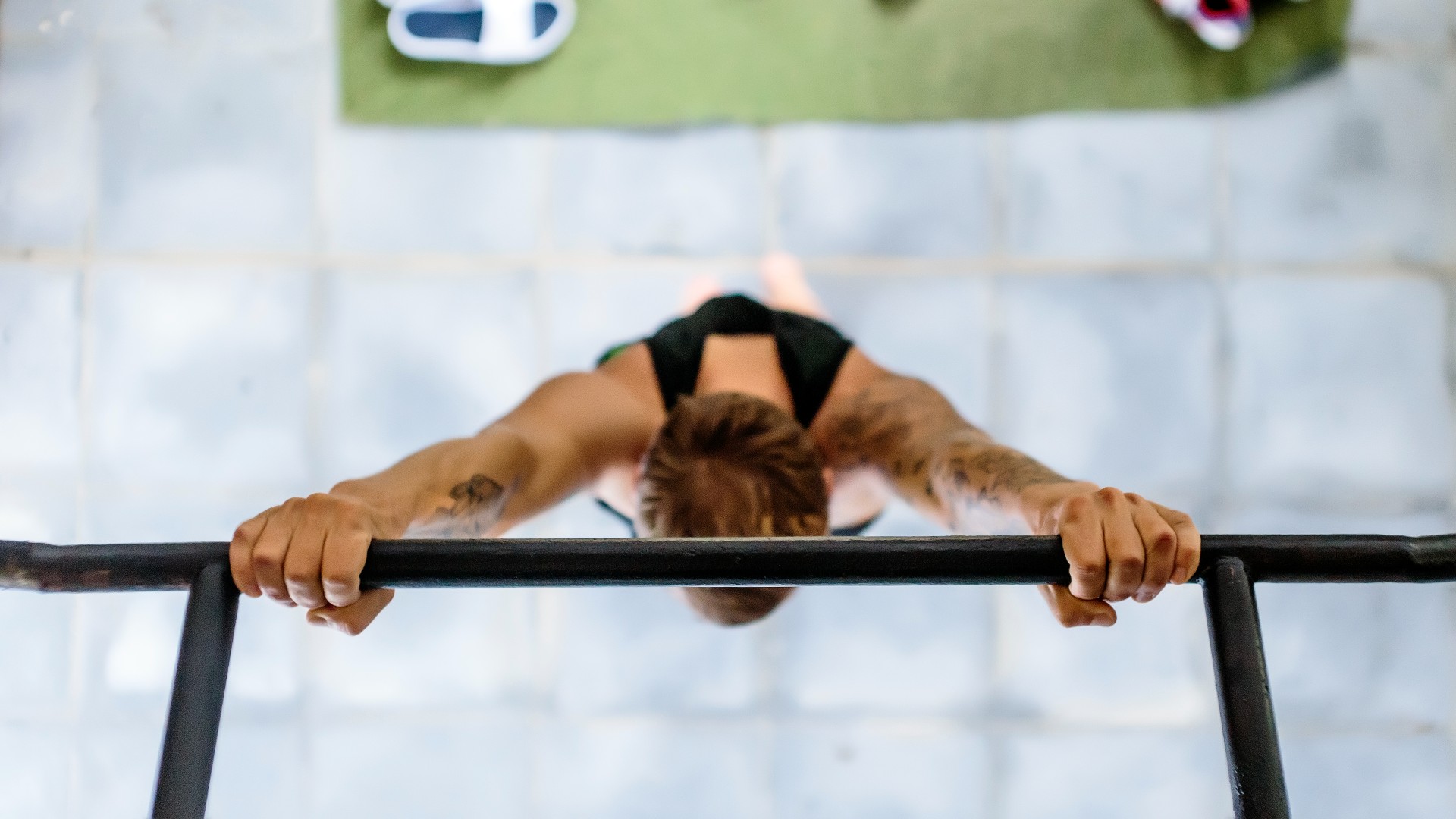
Ah, the ongoing debate of pull-ups vs chin-ups — which is better for building upper-body strength?
Pull-ups and chin-ups are functional upper-body exercises that build strength in your arms, shoulders, core and back through one pulling movement. But the way chin-ups and pull-ups differ (while virtually looking the same) is down to grip, which means how they target your muscles varies, too.
Adding these functional exercises regularly into your workouts can help improve full-body mobility and flexibility, keeping you nimble as you get older, as they can help you pull your own body weight. But this exercise isn’t easy, and many people need the assistance of home gym equipment and the best resistance bands to achieve them.
If you choose to persist, the payoff is huge, and there are plenty of variations you can try along the way. Plus, they look pretty impressive. Below, we cover the key differences between pull-ups and chin-ups, which muscles they target and the benefits of both. Learn how to do lateral pull-downs, or read on for more.
Pull-ups vs chin-ups
If you’re considering the pull-up vs chin-up, it’s all in the grip. For a chin-up, your hands will be in a supine position (palms facing inwards), whereas a pull-up adopts an overhand grip (palms facing away from you). Regardless of the variation, ensure your thumbs are fully wrapped around and keep your arms under the bar to avoid flaring elbows.
A pull-up also requires a slightly wider than shoulder-width hand position, whereas a chin-up allows you to narrow your grip. Both are solid options for packing on upper body strength and improving functional movement, so really it comes down to preference.
Pull-up muscles worked vs chin-up muscles worked

The pull-up and chin-up utilize the same movement pattern (pulling your body weight up to the bar), so both use most of the same muscle groups like your back muscles, shoulders, arms and core. However, the emphasis differs.
Sign up to get the BEST of Tom's Guide direct to your inbox.
Get instant access to breaking news, the hottest reviews, great deals and helpful tips.
Chin-ups utilize more of your anterior chain (the front of your body) — namely your chest and biceps — using the supine hand position, whereas pull-ups emphasize your posterior chain (the back of your body).
According to research published in the Sciences of Sport, the main muscles engaged during chin-ups include your biceps, pectoralis major (pecs), latissimus dorsi (lats), teres major, posterior deltoids (rear shoulders) and deep stabilizing core muscles (amongst many other supporting muscles). Pull-ups work the same muscles with an emphasis on your lower trapezius (traps) — a crucial muscle for supporting your scapula.
Pull-up vs chin-up: which is better for building strength?
Neither option is superior, and both are just as useful for building foundational strength and can improve forearm strength, grip and core stabilization. If you tend to overwork your biceps, then opting for a pull-up could be more beneficial.
On the flip side, if you want to improve your bicep strength, you will activate them more during a chin-up. You can also give these best bicep exercises a go if the plan is to sculpt sinewed arms to be envious of.
Benefits of pull-ups vs benefits of chin-ups

Alongside strengthening your upper body, both exercises are functional movements that mimic daily life. According to Harvard Health, bodyweight training (also called calisthenics) is a commonly used training method that improves coordination, balance and endurance by working multiple muscle groups.
Pull-ups and chin-ups also require good grip, which can improve your ability to lift heavier during barbell weight training exercises like a Romanian deadlift or front squat. If you perform chin-ups regularly as part of your resistance routine, you may notice improved bicep and rear shoulder definition; partly due to the emphasis on them during the pulling phase of the movement.
How to do a pull-up vs how to do a chin-up

The movement is the same, except you will turn your palms inwards or outwards. For pull-ups, go for a slightly wider grip, whereas shoulder-width works better with chin-ups and will generate a curling motion compared with pull-ups.
Stand under a bar and grip it with both hands, wrapping your thumbs around. Practice contracting your whole body, then draw your shoulders back and down. Start by hanging on the bar, then engage your lats, slightly shrug your shoulders and pull your chin above the bar without swinging your body or jutting your chin out. Slowly lower yourself back down with control.
Pull-up vs chin-up: which is easier?
Is a chin-up easier than a pull-up? Technically, yes. Chin-ups are said to be easier because of the increased assist from your biceps during the pull, and most people have a higher basic level of bicep strength compared to the lat focus of the pull-up.
Research (as above) shows that the shoulder and arm positioning of the chin-up can also feel more natural than the wider pronation of the pull-up. If you have a shoulder injury, a chin-up could feel more comfortable because your elbows are in front of you, emphasizing more of the chest and bicep muscles, and your shoulders will externally rotate.
However, mastering a pull-up is technically more natural as the grip requires your elbows to move to your sides under the bar - which is how you’d expect to pull yourself up a wall. However, this puts more strain on the shoulders and is less beneficial for beginners learning the move.
Looking for more chest and back day inspiration? These 5 chest day variations will build upper body strength, and learning how to do lateral raises could sculpt more defined shoulders.
Next: I used this app for two weeks and made money just by walking my dog. And check out how you might be doing pull-ups all wrong — here’s how to fix them.

Sam Hopes is a level 3 qualified trainer, level 2 reiki practitioner and senior fitness writer at Tom's Guide. She is also currently undertaking her Yoga For Athletes training course. Sam has written for various fitness brands and websites over the years and has experience across brands at Future such as Live Science, Fit&Well, Coach, and T3.
Having worked with fitness studios like F45 and Virgin Active, Sam now primarily teaches outdoor bootcamps, bodyweight, calisthenics and kettlebells. She also coaches mobility and stretching-focused classes several times a week and believes that true strength comes from a holistic approach to training your body.
Sam has completed two mixed doubles Hyrox competitions in London and the Netherlands and finished her first doubles attempt in 1:11.
